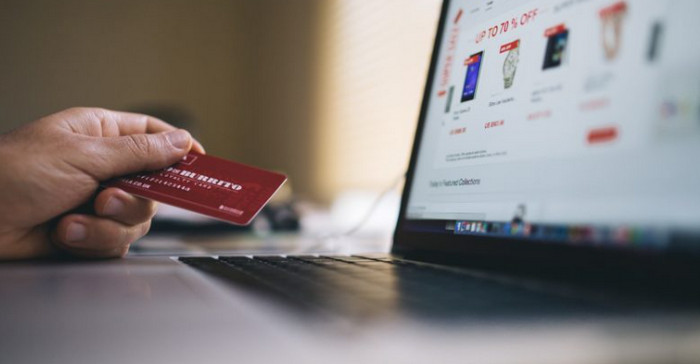If done properly, taking out an interest-free loan with a credit card that offers 0% APR might be a wise financial decision. To assist you grasp the procedure and take advantage of this chance, below is a thorough instruction.
Comprehending Credit Cards with 0% APR
Typically, 0% APR credit cards have an introductory term of between six and twenty-one months during which they provide no interest on purchases and/or debt transfers1. This makes it an appealing choice for financing major expenditures or paying off high-interest debt as you can borrow money during this time without having to pay interest.
How to Get a Loan with No Interest
- Select the Best Credit Card with 0% APR
Not every credit card with 0% APR is made equal. When selecting the ideal card, keep the following things in mind:
Introductory Period: To allow yourself more time to pay off the bill, look for a card with the longest 0% APR period.
Fees: Keep an eye out for any annual, balance transfer, or other fees that can cancel out the 0% APR’s advantages.
Benefits and Rewards: A few credit cards come with extra benefits like purchase protection, cash back, or travel rewards.
For instance, the Chase Freedom Unlimited® card comes with cash back benefits and a 0% introductory APR on purchases and balance transfers for a period of 15 months1.
- Arrange Your Balance Transfers or Purchases
Make a plan for how you will use your credit card after it has a 0% APR:
Large Purchases: Charge substantial costs using the card, such as major appliances, house renovations, or medical bills. This lets you defer paying interest and stretch the cost over a few months.
Transferring balances to a new credit card with no annual percentage rate is a good idea if you have high-interest debt on any previous cards. By doing this, you can reduce your interest costs and accelerate the repayment of your debt.
- Establish a Payback Schedule
To take advantage of a 0% APR offer, you must pay off the remaining balance before the introductory period expires. Here’s how to draft a successful repayment strategy:
To compute your monthly payments, divide the total amount due by the number of months that the 0% APR term is in effect. For instance, you will pay about $267 a month if your amount is $4,000 and your loan has a 15-month 0% APR duration.
Establish automated Payments: By establishing automated payments from your bank account, you can make sure you never forget to make a payment.
pace Your Progress: Make sure you’re on pace to pay off the bill before the 0% APR term expires by often reviewing your credit card accounts.
- Steer clear of new debt
Refrain from taking on new debt while you’re paying off your existing load with 0% APR. Although it can be difficult, making the most of the interest-free period is crucial.
Possible Difficulties to Steer Clear of
It can be advantageous to use a credit card with 0% APR as an interest-free loan, but there are a few potential drawbacks to be aware of:
High normal APR: The interest rate will return to the normal APR, which can be rather high, following the introductory period. Make sure you settle the debt before this occurs2.
Balance Transfer Fees: Certain cards impose a fee on balance transfers, usually ranging from three to five percent of the transferred sum2. Consider this while calculating if the transfer is still worthwhile.
Late Payments: If you fail to make a payment on time, you may forfeit the 0% APR offer and be charged late fees. Always make the bare minimum on schedule2.
Overspending: When interest is not being paid, there may be a great desire to spend excessively. Follow your spending plan and reserve the card for authorized purchases exclusively.
In summary
If you select the correct card, make well-thought-out purchases or balance transfers, establish a reliable repayment schedule, and stay away from new debt, using a 0% APR credit card as an interest-free loan might be a wise financial move. You can make better financial management decisions by taking advantage of the interest-free time by following these procedures and being aware of any dangers.
